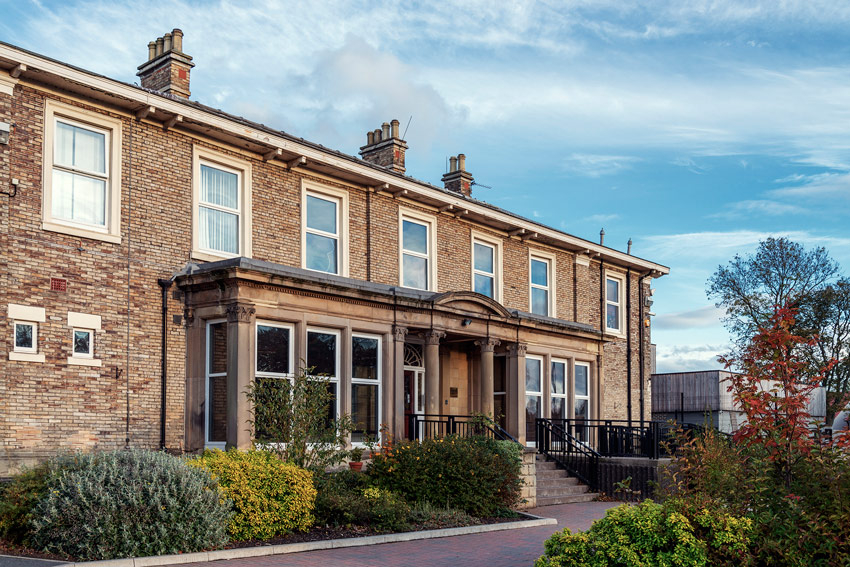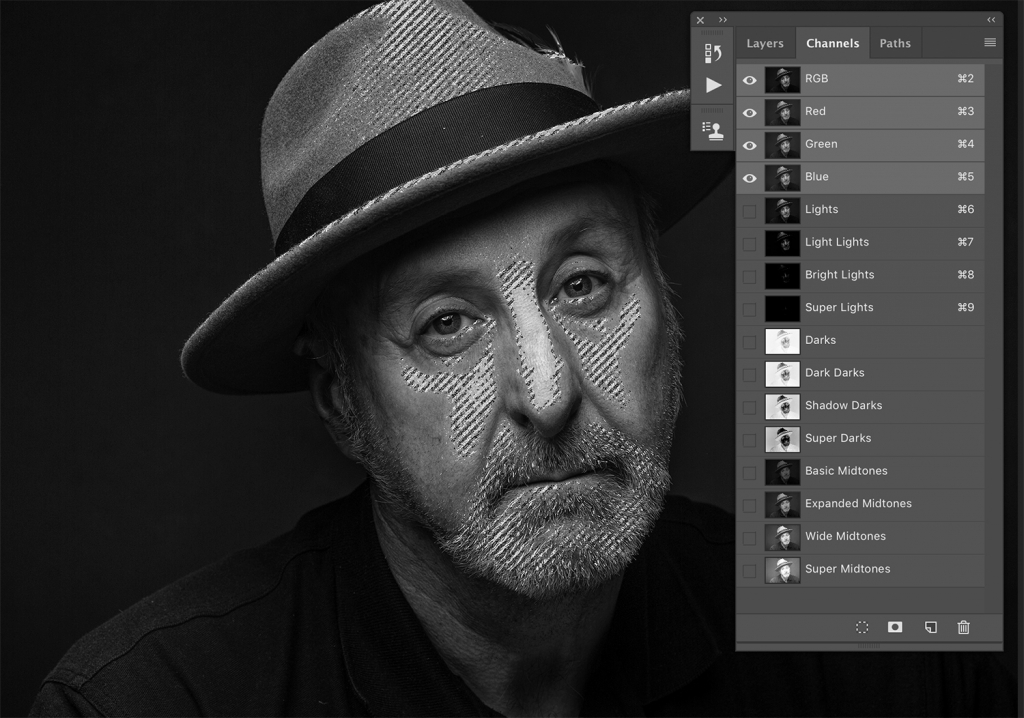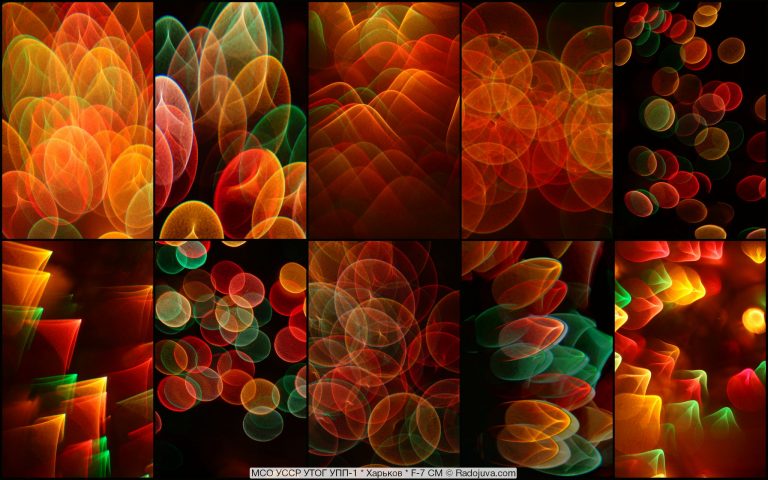EXPLANATION OF THE METHOD OF DOUBLE DISTANCE
 Distance doubling is a way to increase the depth of field of a photo by focusing on the desired distance in the scene. Your goal is to align the foreground and sharpness of the background. In this article, professional landscape photographer Spencer Cox explains what doubling distance is and how to successfully use it in practice.
Distance doubling is a way to increase the depth of field of a photo by focusing on the desired distance in the scene. Your goal is to align the foreground and sharpness of the background. In this article, professional landscape photographer Spencer Cox explains what doubling distance is and how to successfully use it in practice.
First, look at the nearest object and think how far it is (especially from the plane of the sensor of your camera). Then focus on this distance by multiplying by 2.
If the closest object in the photo is grass at the bottom of the frame, think about how far it is and if it is one meter away, all you need to do is focus on an object that is two meters away .
It is possible to estimate these distances at a glance; the calculations need not be perfectly accurate. You can even just count the steps.
Explanation of the method of doubling the distance
Camera sensor; Image coverage area; The closest object in the photo (at a distance of 1 meter); Focus on flower – double distance (2 meters)
If done correctly, the sharpness will be the same on the grass in the foreground and in the farthest.
Note that when using this technique, your goal is sharpness, not perfect. You will not get maximum sharpness on the grass itself, because you did not focus on it. Similar to those areas that are on the horizon. But the sharpness at the horizon (infinity) and the foreground will be the same, no more than on other parts of the photo, maximizing the overall sharpness of the whole image from front to back.
Of course, this technique is not always necessary, but only if you do not want to prioritize sharpness in the image, instead seek maximum clarity across the field.
Take a look at the following photo. Here, the photographer focused on the edge of the ice in the foreground, as it was at a distance twice as large as the nearest subject.
Explanation of the method of doubling the distance
NIKON D800E + TAMRON SP 15-30mm F2.8 Di VC USD A012N @ 30mm, ISO 100, 1/80, f / 11.0
Now let’s look at the frames below where the sharpness is the same in the foreground and in the background.
Explain the method of doubling the distance
Clarity in the foreground. Note the level of sharpness of the bubbles. It is not perfect, but in the right form
Explanation of the method of doubling the distance
The sharpness of the background here is equal to the sharpness of the foreground. You can’t capture everything perfectly at the same time in one photo, but you can make the sharpness equivalent to maximizing detail from front to back
In practice
For starters, the first distance you double is measured from the plane of the camera sensor to the subject. To simplify this definition, we will talk about the horizontal distance between the camera and the subject. And again: some inaccuracy is not a big deal here. If you deviate a bit, you probably won’t even notice it in your photos.
However, keep in mind that when you tilt the camera, the camera sensor plane tilts as well. Thus, a sharp rotation of the camera will affect what distance you need to double. Usually this effect can be neglected, but the slope at steep angles should still be taken into account.
Explanation of the method of doubling the distance
Tilt cameras. Camera sensor plane; The distance to the object
If you do not tilt the camera at a great angle, just think how far apart the object is from the camera sensor. You can even draw an imaginary line from the camera to the ground and then measure the distance from there to the nearest subject.
Which diaphragm should I use?
There is a good rule of thumb:
for faraway landscapes, use f / 8 or the sharpest measured lens aperture
for framed wide-angle landscapes with a large-scale front, use f / 11
For landscapes with very close foreground or when you have a telephoto lens, use f / 16
for landscapes where even f / 16 is not enough, use multiple-focus photo-stacking
Coupled with the doubling distance method, choosing the optimum aperture is what maximizes your sharpness from front to back, so you should spend time studying it. Even with the simplified version above.
Explain the method of doubling the distance
Focus on the flower, which is twice as close as the nearest one. NIKON D800E + 14-24mm f / 2.8 @ 14mm, ISO 200, 1/50, f / 16.0
exceptions
Spencer assumed that the farthest object in the photograph was infinite. This will be true for many landscapes, but not always appropriate. For example, on a very foggy day, the farthest object visible in a photograph may not be far. Especially with a telephoto lens, the difference may be enough to prevent “infinity” from reaching maximum sharpness.




